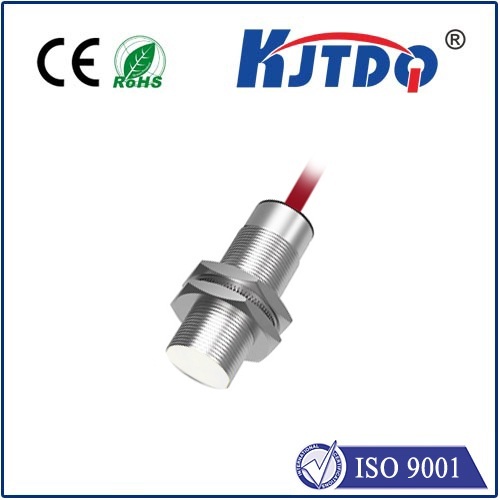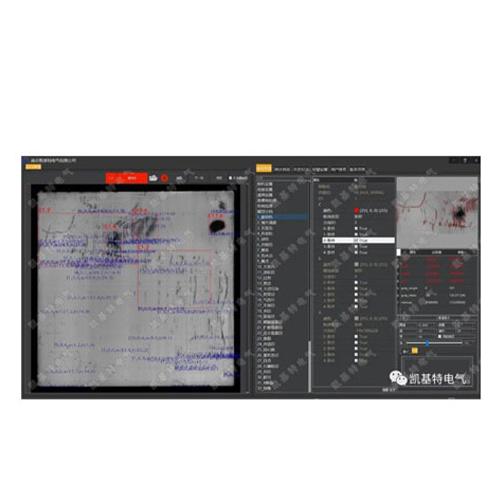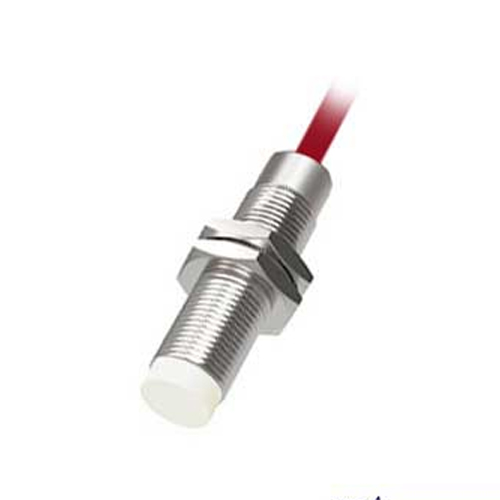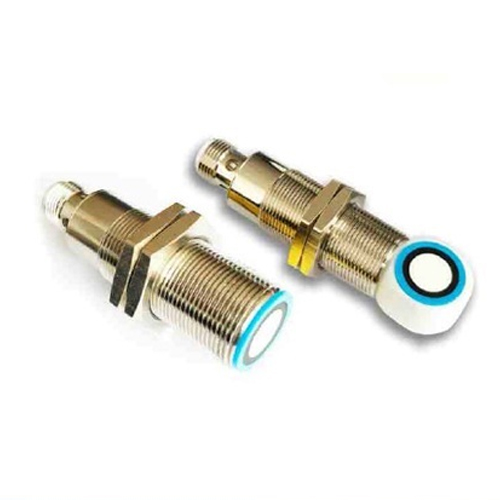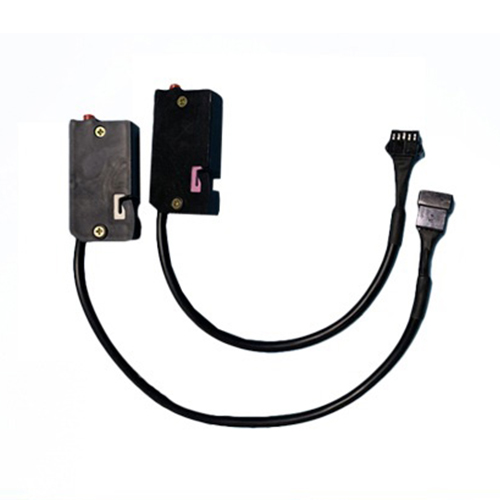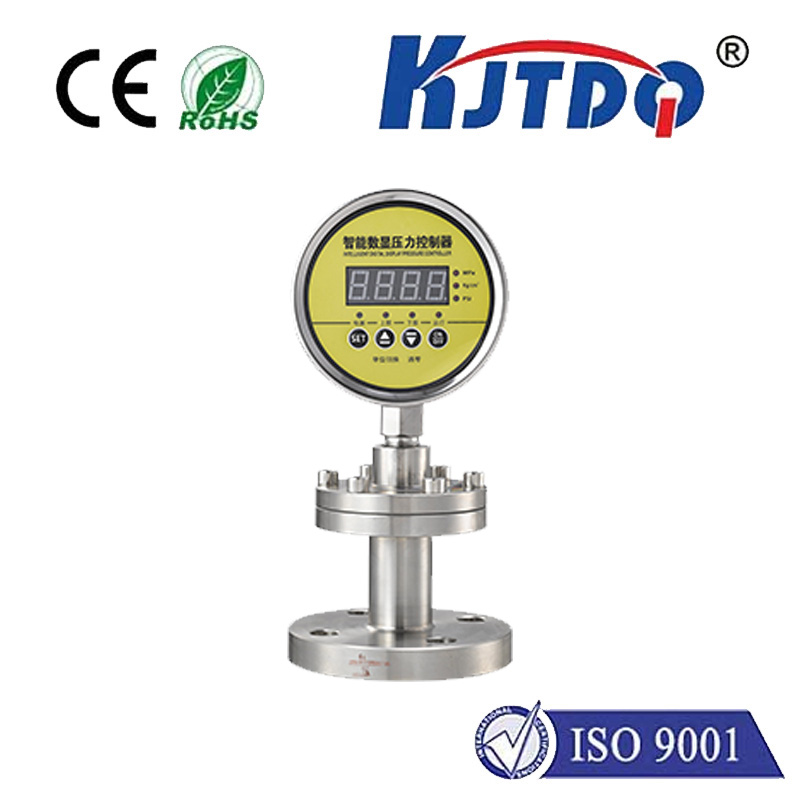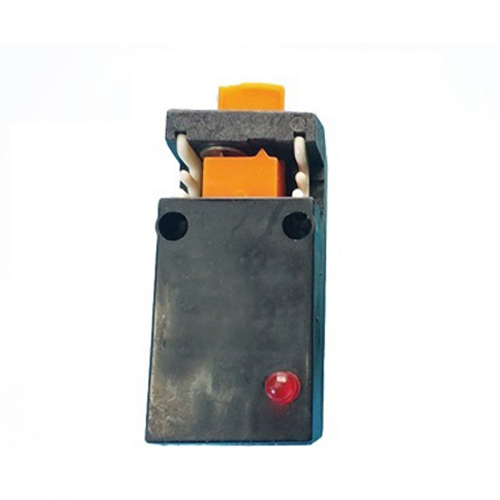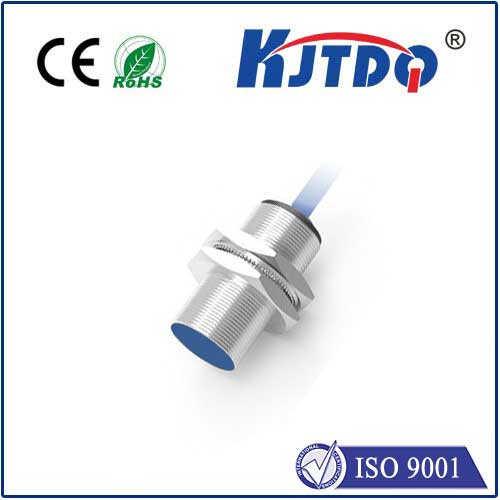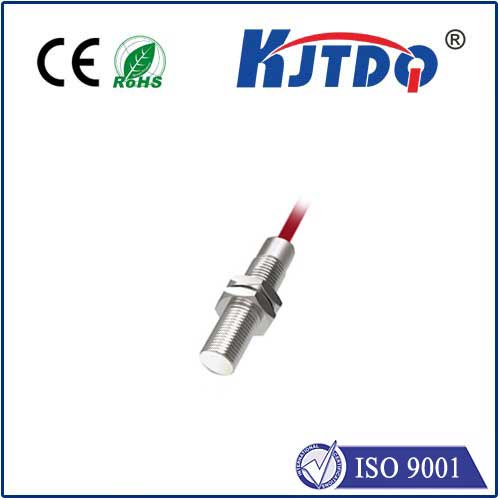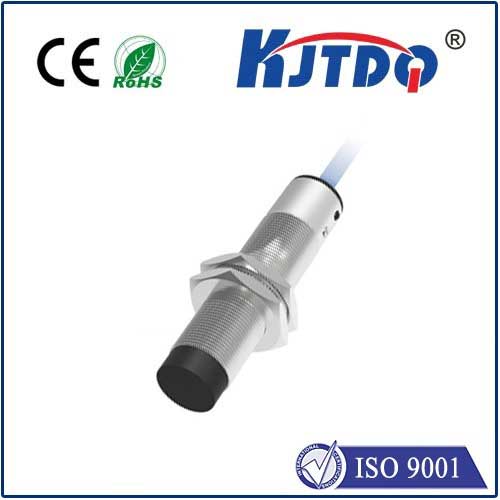

check

check

check

check

check

check

check

check

check

check
In today’s rapidly evolving industrial landscape, technology plays a pivotal role in enhancing efficiency, safety, and precision. Among the myriad of technological advancements, the industrial photocell sensor stands out as a cornerstone of modern automation and control systems. This article delves into the intricacies of industrial photocell sensors, exploring their functionality, applications, and significance in industrial processes.
An industrial photocell sensor, also known as a photoelectric sensor, is a device that converts light into an electrical signal. It consists of two main components: a light source, typically a light-emitting diode (LED), and a photodetector that senses the light. When an object passes between the light source and the detector, it interrupts the beam of light, causing a change in the electrical signal that can be measured and used for various control purposes.
The operation of an industrial photocell sensor is based on the principle of optoelectronics. Upon activation, the LED emits light that travels in a straight line to the photodetector. In the absence of an obstruction, the photodetector receives the full intensity of the light and generates a corresponding electrical signal. However, when an object blocks the light path, the amount of light reaching the detector decreases, altering the electrical signal. This change is then processed by the sensor’s electronic circuitry to determine the presence or absence of an object.
Industrial photocell sensors are incredibly versatile and find application across various industries. Some common uses include:
Presence Detection: Identifying whether an object is present in a specific location.
Object Counting: Counting items as they move along a conveyor belt.
Dimension Measurement: Measuring length, width, or height of objects in motion.
Speed Monitoring: Monitoring the speed at which objects pass through a given point.

Alignment Verification: Ensuring proper alignment of components during manufacturing processes.
Proximity Sensing: Detecting the proximity of an object without physical contact.
Security Systems: Acting as intrusion detection devices in secure facilities.
Automated Doors: Controlling the opening and closing of automatic doors.
Filament Breakage Detection: Monitoring continuous filaments or threads for breaks.
Color Discrimination: Differentiating objects based on color using specific wavelengths of light.
The adoption of photocell sensors in industrial settings offers numerous benefits:
Non-contact Measurement: Eliminates wear and tear on both the sensor and the target objects.
High Speed and Precision: Capable of detecting fast-moving objects with high accuracy.
Versatility: Can be used in diverse environments and applications.
Easy Integration: Compatible with existing control systems and machinery.
Cost-Effective: Reduces maintenance costs associated with contact-based sensors.
Safety: Minimizes risks associated with physical interactions between moving parts.
Despite their advantages, industrial photocell sensors are not without challenges. Factors such as ambient lighting conditions, dust accumulation, and target material reflectivity can affect sensor performance. Therefore, selecting the appropriate type of photocell sensor (e.g., through-beam, retroreflective, diffuse) for a specific application is crucial to mitigate these issues.
Industrial photocell sensors have revolutionized industrial automation and control systems by providing reliable, non-contact sensing solutions. With their ability to perform complex tasks efficiently and accurately, these sensors continue to play a vital role in advancing industrial processes worldwide. As technology progresses, we can expect even more innovative applications and improvements in photocell sensor technology, further enhancing productivity and operational excellence in industrial settings.
